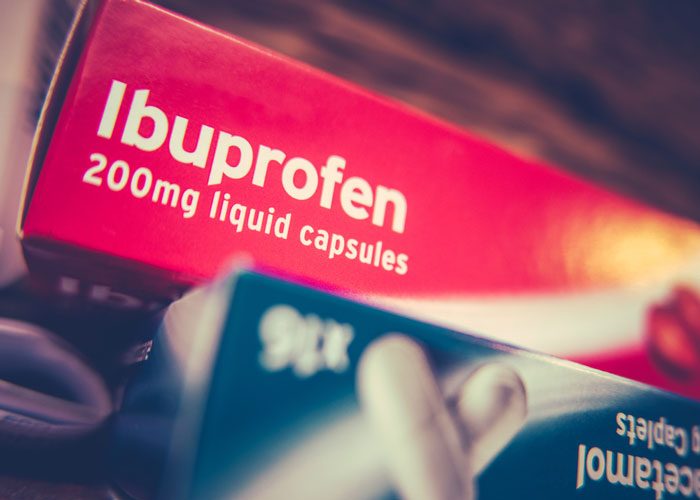Ibuprofen better choice over oral morphine for pain relief in children
Widely available ibuprofen is a better choice for pain relief in children who have undergone minor surgery, as it has fewer adverse effects compared with oral morphine…
Widely available ibuprofen is a better choice for pain relief in children who have undergone minor orthopaedic outpatient surgery, as it has fewer adverse effects compared with oral morphine, according to results from a clinical trial published in the Canadian Medical Association Journal.
“This result suggests that adequate pain management should be an important goal of care, even after minor outpatient surgery, and that more effective pharmacologic and nonpharmacologic strategies should be explored,” writes Dr Naveen Poonai, Clinician Scientist, Lawson Health Research Institute, and Associate Professor, Emergency Medicine, Department of Paediatrics, Schulich School of Medicine & Dentistry, Western University, with co-authors.
Morphine did not provide superior analgesia but was associated with significantly more adverse effects
The study included 154 children aged 5 to 17 years who underwent minor orthopaedic surgery, such as keyhole surgery on joints, ligament and tendon repair, suture or hardware removal at London Health Sciences Centre in London, Ontario.
In the first 24 hours, more than 80% of the children in the study needed pain relief at home. Pain scores for children in both the oral morphine and ibuprofen groups were similar, but the children receiving oral morphine reported more adverse effects, such as nausea, vomiting, drowsiness, dizziness and constipation.
“Morphine did not provide superior analgesia but was associated with significantly more adverse effects, making ibuprofen a better analgesic option,” write the authors.
They note that as neither treatment completely relieved pain, more research is needed into effective pain relief, especially for more severe pain.
Oral morphine use at home has not been previously studied in children who have had minor surgery nor has it been compared with ibuprofen.










